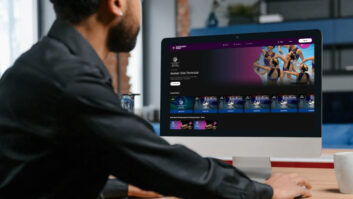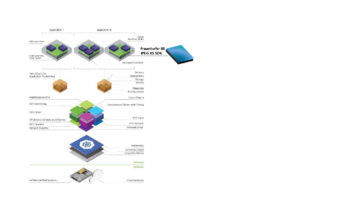
Massive Interactive has launched Halo, a new video UI solution.
The solution, which is set to debut at IBC2016 in September, has been developed to allows partners to add multiscreen video app management to their offering.
According to Massive, Halo’s server-based app configuration makes video apps faster to bring to market and easier to manage across multiple devices post-lauch.
It is designed for mid-sized and niche content owners and operators.
“At Massive, we are fundamentally changing the approach to video app UI deployment and defining our industry’s future, said Ron Downey, CEO and co-founder of Massive Interactive.
“Organisations can, for the first time, deliver a suite of apps across all devices where UI presentation, content scheduling, content merchandising and targeting per device is all controlled from a universal management interface.”
Halo offers real-time control over presentation, content merchandising and scheduling as a productised solution, and, according to the company, solves the issues faced by video service providers of having to maintain multiple CMS, code bases and parallel development programs to support video apps across mobile, web, set-top-boxes, consoles, smart TVs and other emerging devices.
“The technology behind Massive HALO solves the biggest headaches for video service providers,” explained Max Ramsay (pictured), CTO for Massive Interactive.
“By having a server-side video app platform, we can apply our deep understanding of the needs of operators, which extend way past just getting the app to market, to implement product features that product owners need to keep their proposition fresh and relevant in market.
“This means they can rapidly and tactically react to their market environment through broad level change, driven from the product management console, by themselves, rather than having to refer back to a technology provider for software change, and incur cost, delay and risk.”







